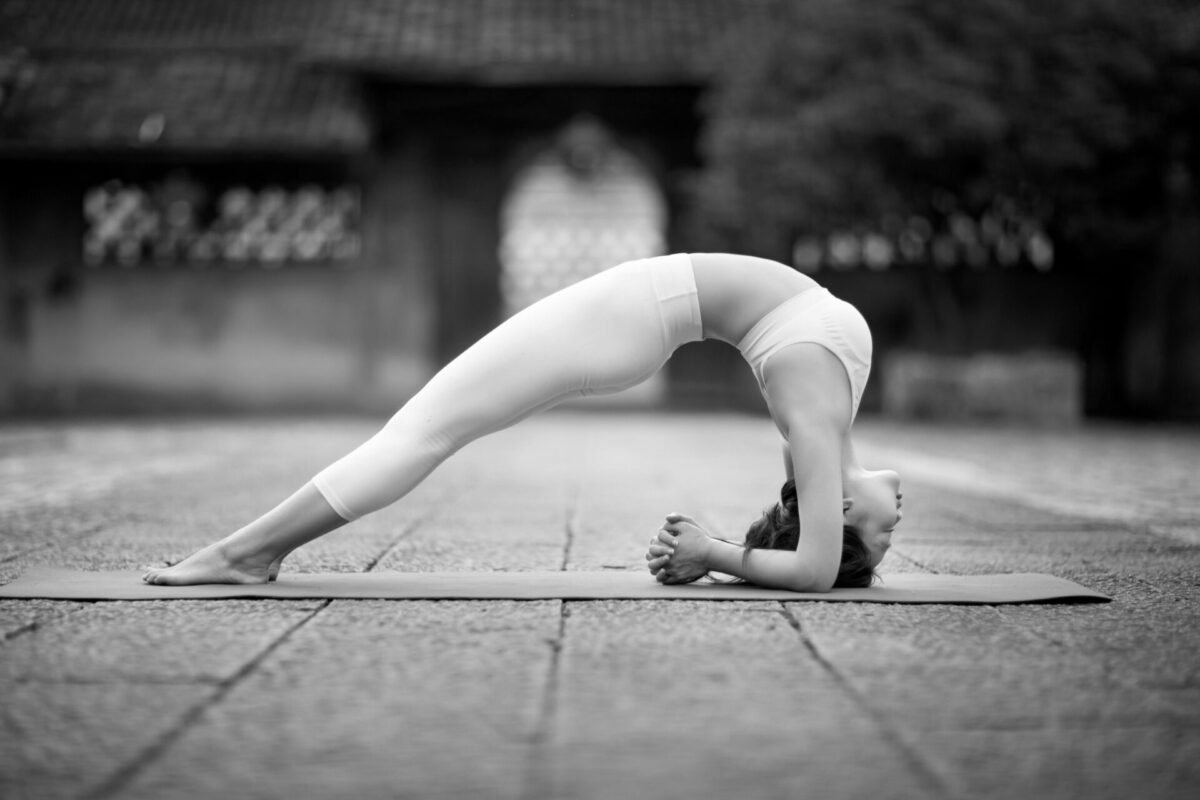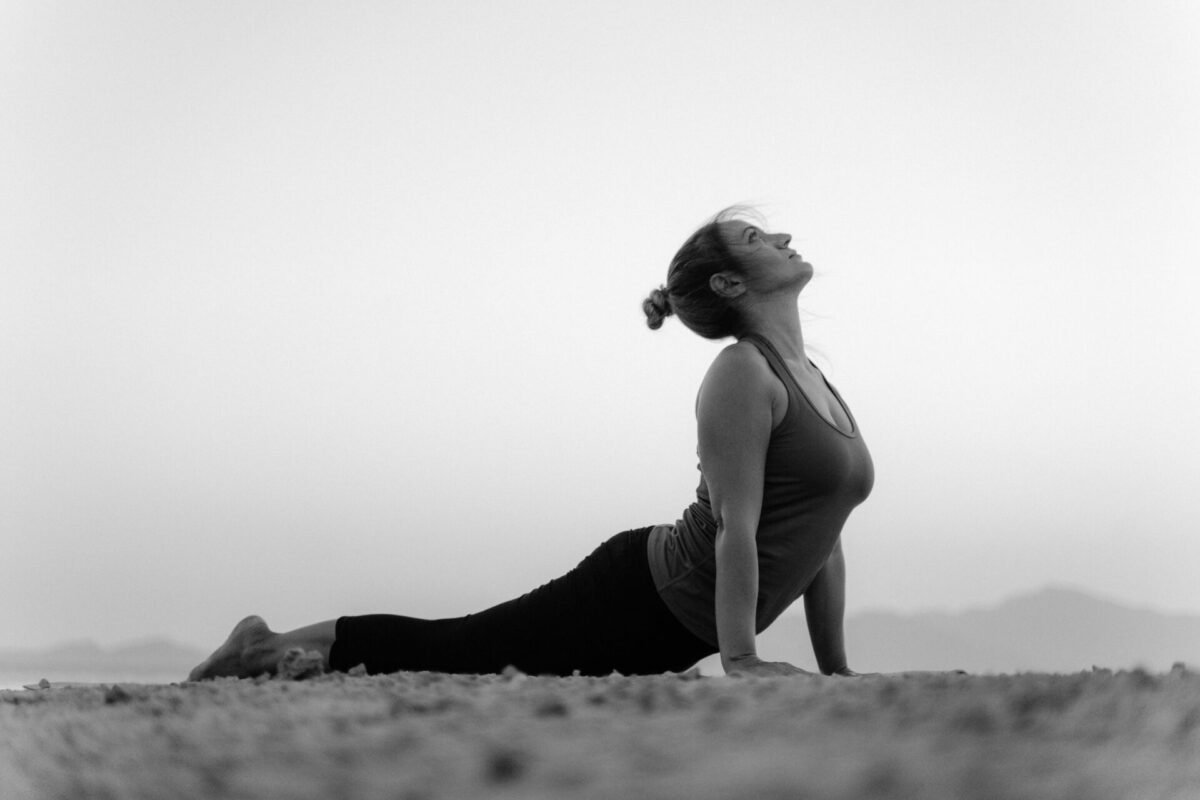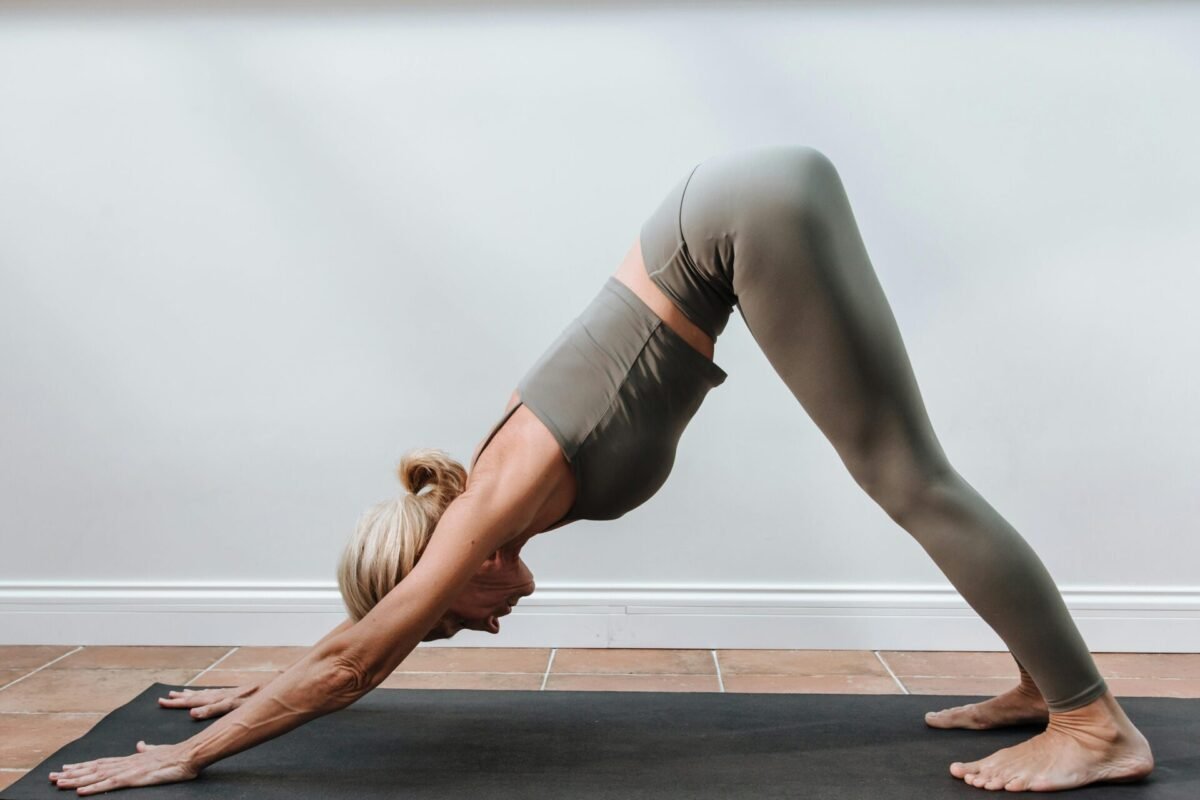What is the Best Time to Practice Yoga?
Exploring the importance of ideal timing for Asana practice in traditional Yoga practices
In most traditional yoga practices, including Ashtanga, Iyengar, Sivananda, and Kundalini Yoga, early morning is considered the best time to practice yoga. This is especially emphasized in spiritual traditions due to the significance of the Brahma Muhurta, the sacred time about 1.5 hours before sunrise. According to yogic philosophy, Brahma Muhurta is the most conducive time for spiritual growth, meditation, and self-reflection, as the atmosphere is pure, quiet, and filled with heightened pranic energy.
Why Mornings can be the Best Time to Practice Yoga
There are many benefits to practicing yoga in the early hours of the day, the main one being the importance of Brahma Muhurta as mentioned above. Another key physical advantage is that morning yoga activates the body, boosting metabolism and stimulating the digestive system after hours of rest. Ashtanga Yoga, traditionally practiced at dawn, includes dynamic sequences like Vinyasa and Ashtanga Primary Series, which generate internal heat and help detoxify the body through sweat and breath control. Similarly, practices like Iyengar Yoga allow for greater mental focus and alignment work in the quiet morning hours, fostering mindfulness and precision.
In addition to physical benefits, morning practice enhances mental clarity and focus, setting a positive, intentional tone for the day. In the quiet of the morning hours, the mind is typically less cluttered and distracted, making it a perfect time for pranayama (breathwork) and meditation, essential components of practices like Sivananda Yoga. Through calming breathwork like Anulom Vilom (alternate nostril breathing) or Kapalabhati (skull shining breath), one can energize the mind, leading to improved concentration and productivity throughout the day. Physically, the Sun Salutations (Surya Namaskar) are designed to energize and wake up the body (more on this below).
Adaptation to Modern Life
While mornings may be ideal according to tradition, the demands of modern life—such as work schedules, family responsibilities, or personal preferences—might make early morning yoga impractical for many. Fortunately, yoga is an adaptable practice, and it’s better to practice at a different time of day than not at all. In fact, the essence of yoga lies in consistency and mindfulness, and whether you practice in the morning, afternoon, or evening, it’s more about how you approach your practice than adhering strictly to a set time. Practicing yoga at a time that works best for you can still yield transformative benefits. What matters most is that you remain committed and find a routine that aligns with your daily rhythm.

Benefits of Midday Yoga
Midday yoga provides a great opportunity to take a restorative break from daily activities and counteract the effects of sitting for long periods. Midday practices can focus on stretching and moderate movement, making styles like Hatha Yoga or Gentle Flow particularly suitable. These styles help release tension in the hips, shoulders, and spine, and they offer a chance to reset the body and mind. Bear in mind that it is usually advised to practice yoga on an empty stomach. You may therefore want practice before you eat your lunch.
Midday can also be a a good time to practice yoga to relieve stress and improve mental focus for the second half of the day. Shorter practices, like a 20-30 minute session, incorporating chest-opening postures and twists, can be revitalizing and energizing. Off the mat, a few minutes of mindful breathing or a brief meditation session can help restore mental clarity and reduce work-related anxiety, giving you renewed energy for your remaining tasks.
Benefits of Evening Yoga
The evening can be a good time to practice yoga, as it offers a valuable opportunity to unwind from the busyness of the day and helps to shift from activity to relaxation. This is the perfect time for more restorative practices such as Yin Yoga or Restorative Yoga. These slower-paced styles are designed to calm the nervous system, relieve stress, and prepare the body for rest. Yin Yoga focuses on holding poses for several minutes, working deep into the connective tissues, while Restorative Yoga uses props to fully support the body in gentle postures, encouraging deep relaxation.
Evening yoga is also great for winding down with a more meditative focus, making Yoga Nidra (yogic sleep) a wonderful addition. Yoga Nidra is a guided form of meditation that brings the practitioner into a state of conscious relaxation, improving sleep quality and helping release the day’s mental and physical tensions.
For those with higher energy in the evening, Vinyasa or Hatha flows can also be beneficial for releasing pent-up stress or tension built up during the day, as long as they’re done mindfully, ensuring the practice helps the body wind down, rather than stimulate it. You could also explore incorporating Moon Salutations (Chandra Namaskar) into an evening yoga practice. These sequences are still active but designed to restore rather than energize. Read more in the next section.
The Difference Between Sun Salutations and Moon Salutations
Sun Salutations (Surya Namaskar) and Moon Salutations (Chandra Namaskar) are two popular sequences in yoga, each designed with distinct purposes and symbolic meanings. While both involve a series of flowing postures, they differ in their energy, focus, and the times of day they are traditionally practiced. Let’s explore the key differences between these two sequences:
Sun Salutations (Surya Namaskar)
Sun Salutations are a dynamic sequence of poses that are traditionally practiced in the morning to greet the rising sun and energize the body. They are typically more stimulating and heating, designed to build internal heat and promote energy throughout the body.
Key Characteristics of Sun Salutations:
- Energizing and Warming: The sequence is designed to invigorate the body, stimulate circulation, and prepare it for the day. It warms up the muscles and helps to improve flexibility and strength.
- Yang Energy (Active): Sun Salutations are associated with yang energy, which is more active, dynamic, and outwardly focused. The poses encourage forward movement and flow, often incorporating backbends, standing postures, and lunges that require strength and endurance.
- Symbolism of the Sun: The sun in yoga symbolizes life force (prana), vitality, and the source of all energy. Practicing Surya Namaskar is an expression of gratitude and respect to the sun for providing light and life.
- Physical and Mental Benefits:
- Physical: Builds strength, enhances flexibility, boosts metabolism, and improves cardiovascular health.
- Mental: Promotes mental clarity, focus, and an energized mindset to start the day.
- When to Practice: Traditionally, Sun Salutations are practiced in the morning, particularly at sunrise, as a way to awaken the body and prepare for the day ahead.
The sequence typically flows from one pose to the next with each inhale and exhale, creating a rhythm that synchronizes breath and movement.

Moon Salutations (Chandra Namaskar)
Moon Salutations, on the other hand, are designed to be cooling and calming, offering a more reflective, meditative practice. They are traditionally practiced in the evening or during a full moon to honor the cooling, feminine energy of the moon.
Key Characteristics of Moon Salutations:
- Calming and Cooling: Unlike the heat-building nature of Sun Salutations, Moon Salutations focus on grounding, stretching, and restoring the body. They are intended to help cool down the body, release tension, and prepare the mind for rest.
- Yin Energy (Passive): Moon Salutations are associated with yin energy, which is softer, slower, and more introspective. This sequence often involves side stretches, forward folds, and deep hip-opening poses, focusing on flexibility and relaxation rather than strength or stamina.
- Symbolism of the Moon: The moon in yoga symbolizes feminine energy, intuition, and calmness. Moon Salutations honor the softer, nurturing aspects of the practice, encouraging introspection and mindfulness.
- Physical and Mental Benefits:
- Physical: Improves flexibility, especially in the hips and lower body, while reducing physical tension.
- Mental: Promotes relaxation, emotional balance, and a sense of inner peace, making it ideal for unwinding after a long day.
- When to Practice: Moon Salutations are often practiced in the evening, especially around the time of the full moon, when the lunar energy is at its peak. They are also commonly practiced when you want to slow down, reflect, or relax.
Moon Salutations flow more slowly and mindfully than Sun Salutations, encouraging deeper breathing and reflection. They often incorporate lateral movements and hip-opening postures, which help release tension and promote flexibility.
Conclusion
While traditional yoga teachings highlight early morning practice as ideal, thanks to the purity and peacefulness of Brahma Muhurta, it’s essential to recognize that yoga is a flexible practice that can be adapted to modern life. Whether practiced in the morning for physical detoxification and mental clarity, in the afternoon for an energizing break, or in the evening for relaxation and restoration, the key is to find a time that works for your lifestyle. Practicing yoga consistently, at any time of day, will lead to greater physical vitality, mental balance, and emotional well-being.

